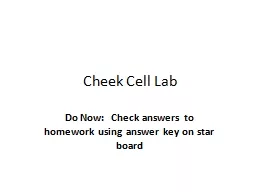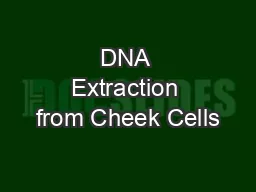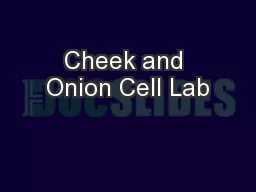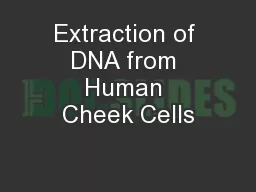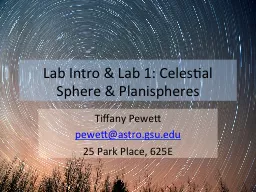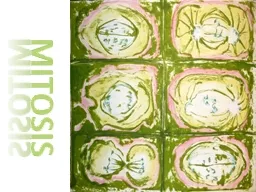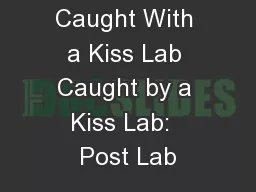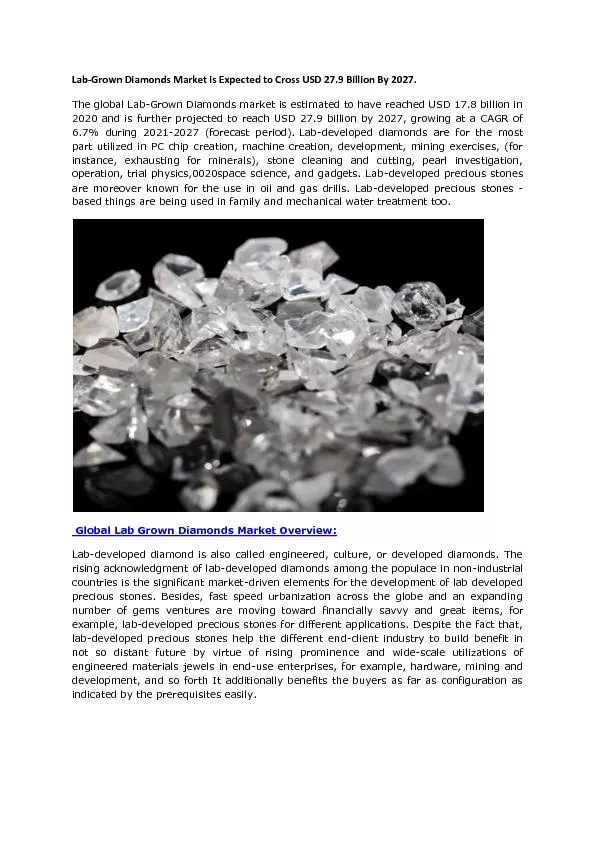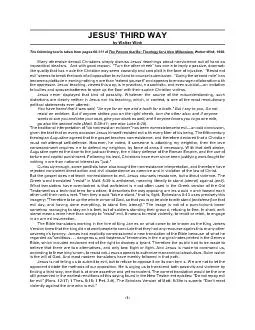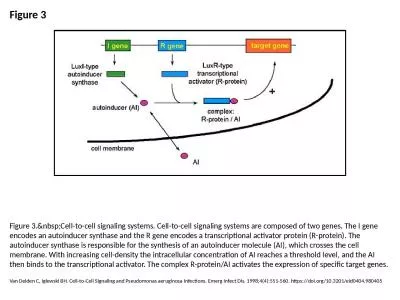PPT-Cheek Cell Lab
Author : tawny-fly | Published Date : 2016-03-01
Do Now Check answers to homework using answer key on star board Include in your drawing 23 representative cheek cells IN DETAIL Do not have to draw every single
Presentation Embed Code
Download Presentation
Download Presentation The PPT/PDF document "Cheek Cell Lab" is the property of its rightful owner. Permission is granted to download and print the materials on this website for personal, non-commercial use only, and to display it on your personal computer provided you do not modify the materials and that you retain all copyright notices contained in the materials. By downloading content from our website, you accept the terms of this agreement.
Cheek Cell Lab: Transcript
Download Rules Of Document
"Cheek Cell Lab"The content belongs to its owner. You may download and print it for personal use, without modification, and keep all copyright notices. By downloading, you agree to these terms.
Related Documents

